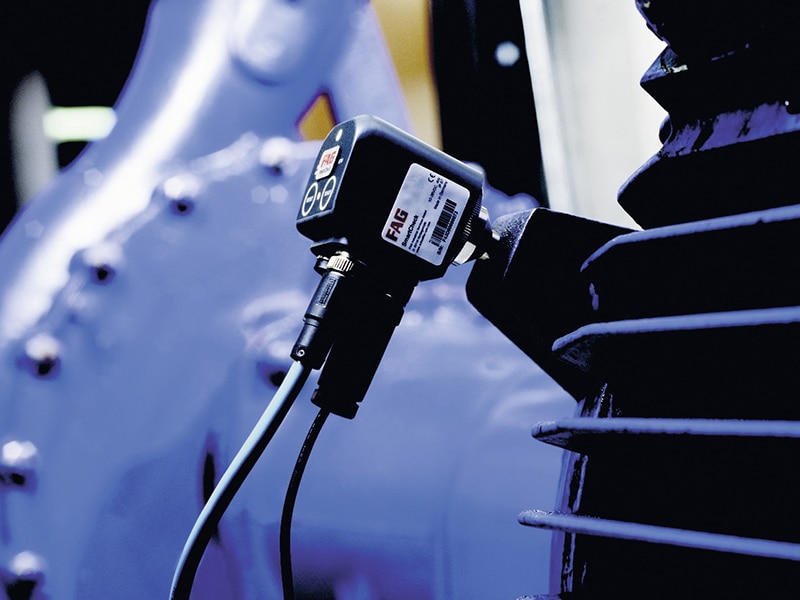FAG’s SmartCheck vibration monitoring technology, which allows for the continuous real-time monitoring of plant, machinery and process parameters, is being introduced by Schaeffler Australia.
Calling the system “compact, robust and easily installed”, Schaeffler says it comprises a modular online measuring system for continuous monitoring on a decentralised basis, and can be used on assemblies where such monitoring was previously cost prohibitive.
The product, it says, is suitable for early detection of rolling bearing damage, imbalances, and misalignments, among other faults, on diverse plant and machinery, including electric and geared motors, gearboxes and compressors, vacuum and fluid pumps, ventilators and fans, spindles and machine tools, separators and decanters, and vibrating screens.
“As a flexible solution, FAG SmartCheck technology adjusts readily to user demands and reliably fulfils even complex requirements,” Schaeffler Australia industrial sector and product manager Martin Grosvenor says. “The technology offers the performance features of expensive systems, but is compact in design, easy to fit and simple to use.
“The system can be expanded on a modular basis at any time,” he says, adding: “Where requirements change, retrofitting can also be carried out at any time.”
The features and benefits of the system include: Comprehensive information on machine condition, taking account of process parameters such as load, pressure and flow rate, a reliable alarm system by means of an alarm threshold adjustment, and integrated data memory for long-term machine condition checks.
The condition of the machinery is shown at a glance in FAG SmartWeb and a free smartphone app, and can be accessed at any time by a trained employee or by Schaeffler’s remote monitoring service.
Monitoring using FAG SmartCheck can be carried out in three stages, Schaeffler says: “In the first stage, individual machines are monitored on a decentralised basis. If the user selects the second stage, the device is intelligently integrated in the machine controller.
“In the third stage, the service is provided from a single source by an external service provider. This can include remote access via an internet connection as well as advice and other services.”


